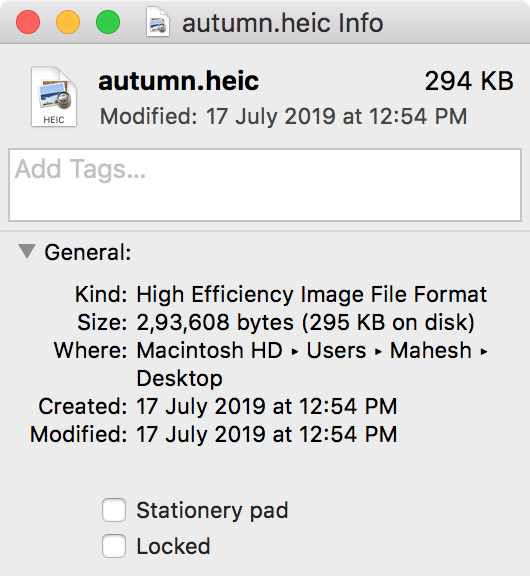

In the search box on the taskbar, type file explorer, and in the search results, select File Explorer. Note: Because period characters are valid characters in macOS and iOS filenames, only the characters after the last period in a filename are considered.
Apple file format names mac os x#
In recent years, Apple came up with a newer version called QuickTime X, currently available on Mac OS X Snow Leopard, Lion and Mountain Lion.
Apple file format names movie#
png extension identifies a file with image data in the portable network graphics format. Inc, the QuickTime file format is a popular type of video sharing and viewing format amongst Macintosh users, and is often used on the Web, and for saving movie and video files. In brief, this fork distinction means that a file's main data (such as the text of a text document) is in the data fork, and the rest of its metadata (type and creator information, icon, and so. If you don’t see file name extensions when you view files in File Explorer: strings extension identifies a resource file with localizable string data while the. In Mac OS 9, a font file (like almost all Mac OS 9 files) has both a resource fork and a data fork.
Apple file format names how to#
To learn more about how to change which program will open a file, read Change default programs in Windows 10. You can change a file name extension, but that won't convert the file to another format or change anything else about it except the file name. A file extension is the ending of a file that helps identify the type of file in operating systems and file extension is the group of characters, usually 3 or 4 in length, In Microsoft Windows, the file extension is a period that is often followed by three characters, For example, the file name PhDresults.DOC has an extension of. MS-DOS (FAT) and ExFAT: File systems that are compatible with Windows. Mac OS Extended: The file system used by macOS 10.12 or earlier.

Disk Utility on Mac supports several file system formats: Apple File System (APFS): The file system used by macOS 10.13 or later. Most file name extensions are compatible with more than one program that you have installed. File system formats available in Disk Utility on Mac.

Windows and Unix, which use filename extensions) and with Mac Classic (which exclusively used Mac file types). This allows Mac OS X to be compatible with the external world (i.e. For example, the docx extension tells your computer that Microsoft Word can open the file and to display a Word icon when you view it in File Explorer. Apple's Mac OS X uses the filename extension (if present) and in addition uses the file type and creator codes (if present) stored in the catalog entry for the file. In expenses.xlsx, for example, the first part of the file name is expenses and the extension is xlsx.Įxtensions tell your computer which application created or can open the file and which icon to use for the file. Windows file names have two parts separated by a period: first, the file name, and second, a three- or four-character extension that defines the file type.


 0 kommentar(er)
0 kommentar(er)
